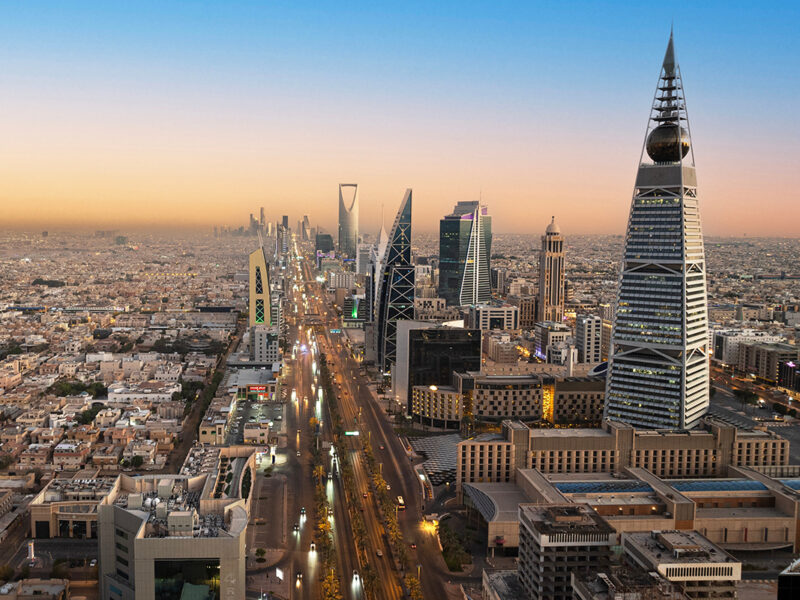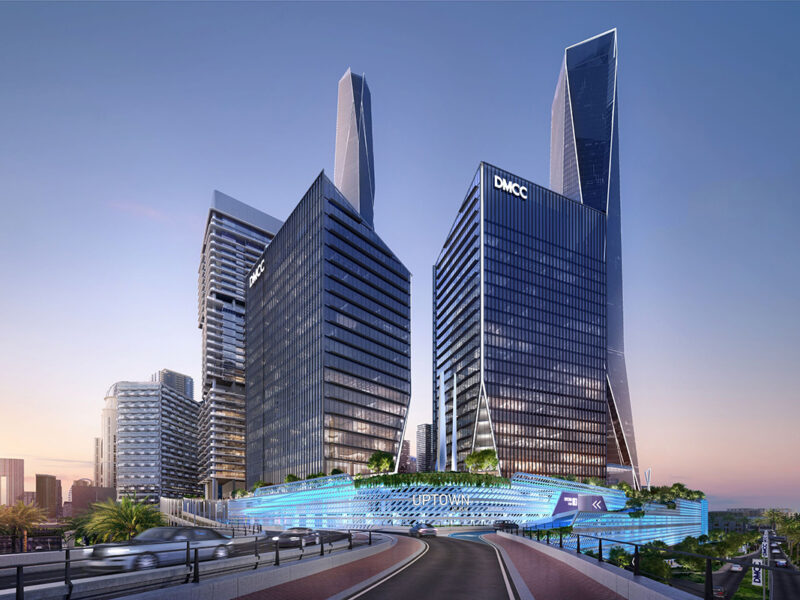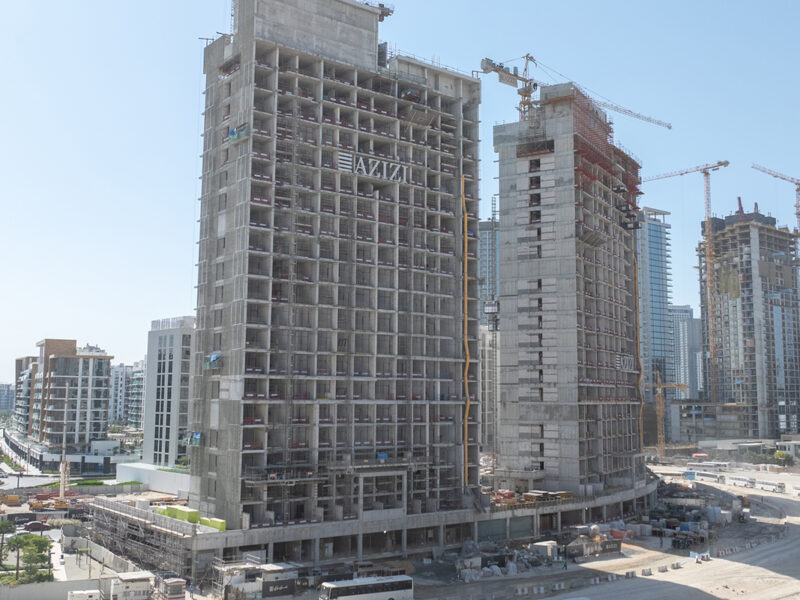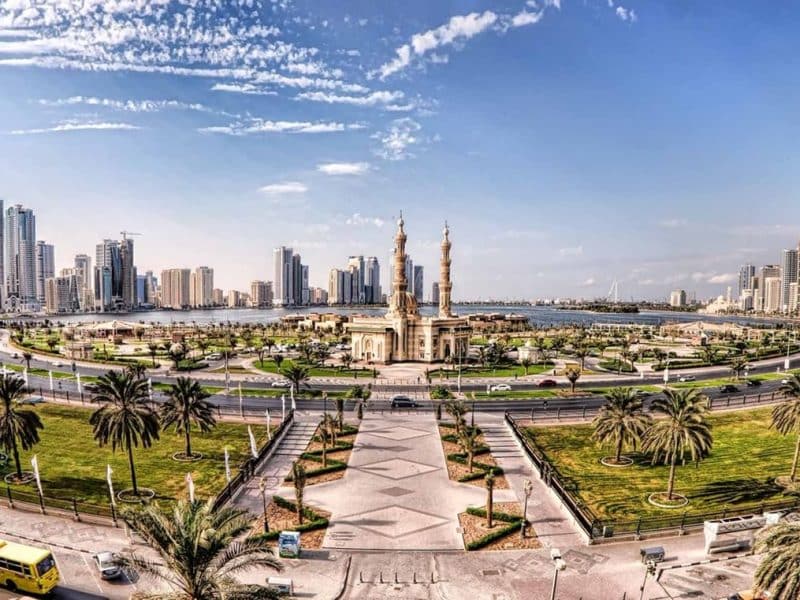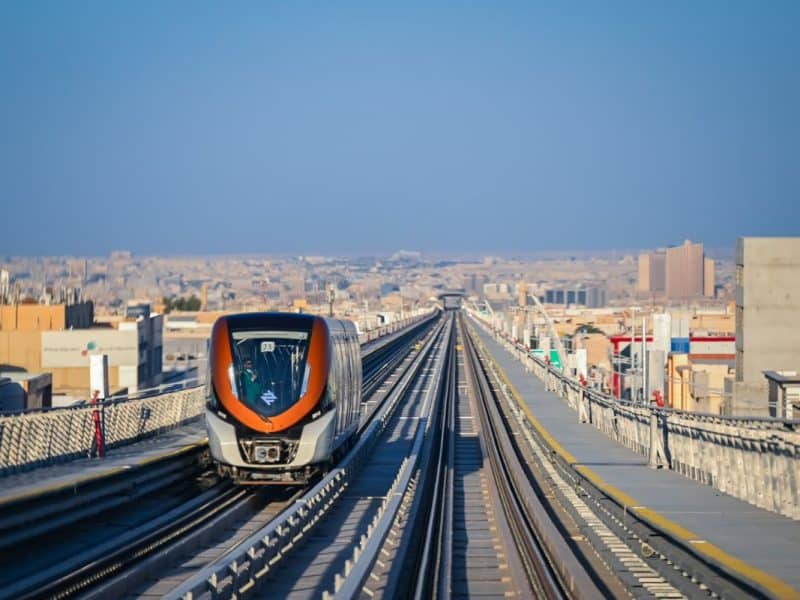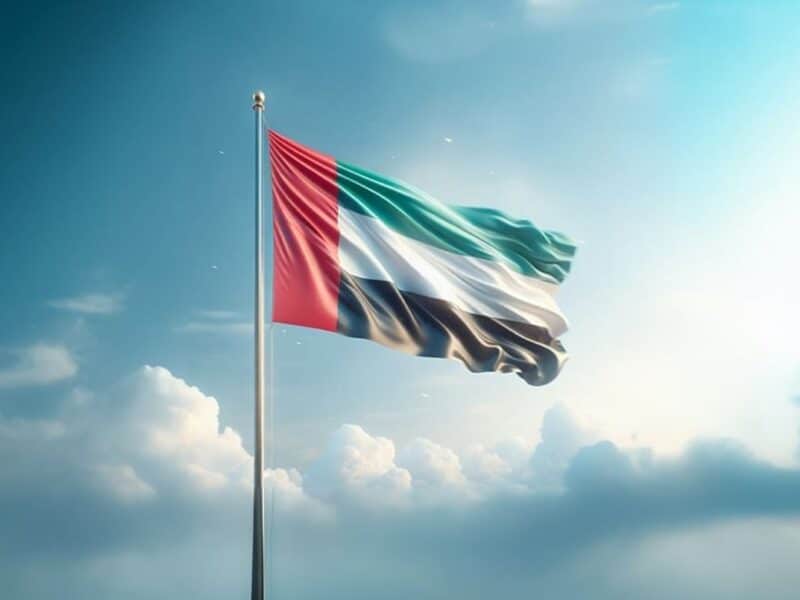Oman is set to spend more than $50bn on infrastructure in transport, oil and gas and manufacturing in the next few years in an unprecedented spend on big-ticket projects, the sultanate’s undersecretary said.
In a major confirmation of the country’s development agenda, Ahmed bin Hassan Al Dheeb said the next few years were likely to see some of the biggest investments in mega projects in Oman’s history, the Times of Oman reported.
Highlighting the agenda at the Oman Projects Forum 2013, Al Dheeb said an estimated $20bn was set to be spent on transport infrastructure, including the Oman National Railway project, the ongoing and planned Sohar, Ras Al Hadd, Duqm amd Adam airports, as well as Muscat and Salalah airports expansion, and the work on the Batinah Coastal Road and the Expressways.
Al Dheeb said a further $17bn of projects were expected in the oil and gas sectors while $13bn worth of investments were expected from the manufacturing sector in and around the Free Trade Zones and elsewhere.
In addition, there would be several billion dollars’ worth of investments in the tourism sector, the proposed logistics hub, power and water sectors and other areas, he said.
The Under-Secretary said both the government and private sector would be investing substantially in mega projects.
“The challenge is to leverage these to create further opportunities within the country rather than letting the outcomes of such projects merely turn into foreign exchange outflows, and creation of jobs and economic activity abroad,” he said.
Al Dheeb said said Oman’s GDP, after a brief setback in 2009, on the backdrop of the world economic crisis, had picked up rapidly on the back of economic stimulus measures, including the planned mega projects.
This was also supported through injection of the liquidity by the Central Bank of Oman, which resulted in an 11.6 percent increase in the GDP, on top of a 19 percent increase in 2011.
Al Dheeb said indications showed the current year would be even better, with the strong oil prices and increased production levels, coupled with the continued strength of the non-hydro-carbon sectors.
“Current account balances continue to be strong,” he said.

